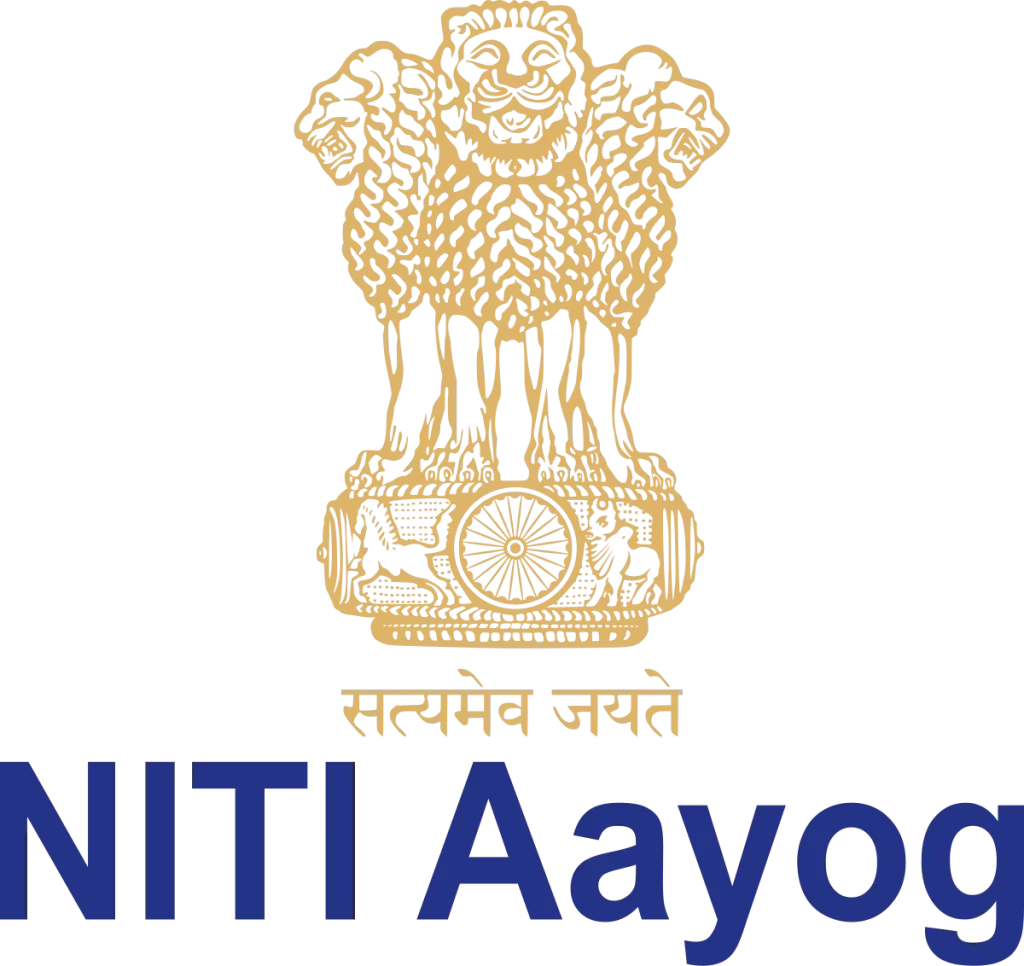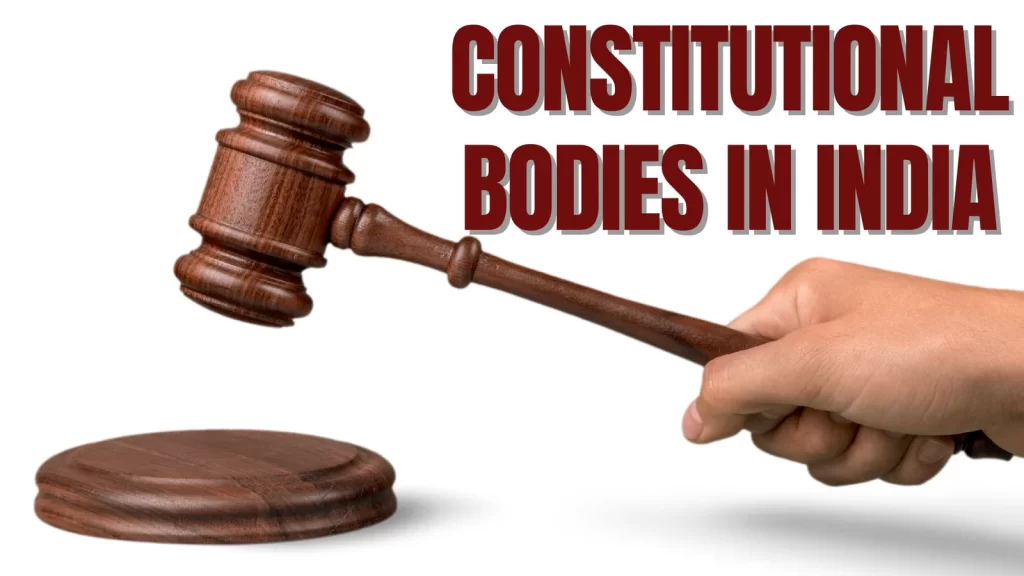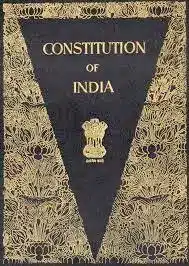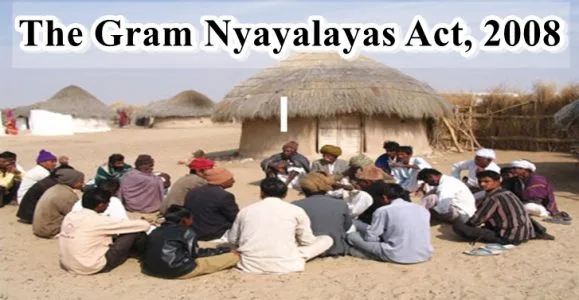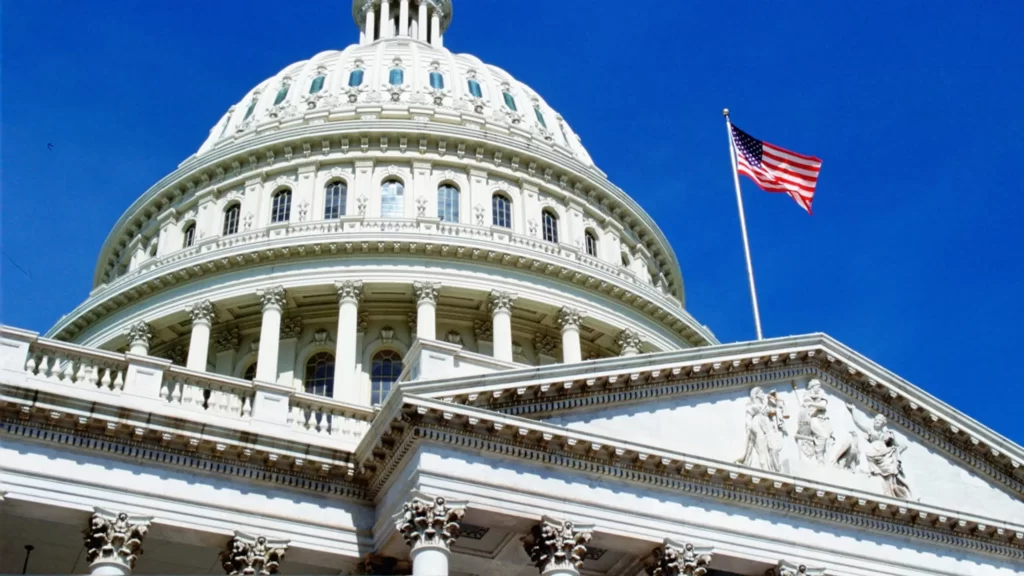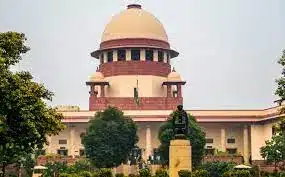Types Of Central Government Funds
The Indian government’s funds are kept in three parts, which are listed below:
- Consolidated Fund of India
- Contingency Fund of India
- Public Accounts of India
Consolidated Fund of India: Government Funds
- This is the most important of all accounts of the government.
- This fund is filled by:
- Direct and indirect taxes Loans taken by the Indian government
- Returning of loans/interests of loans to the government by anyone/agency that has taken it
- The government meets all its expenditure from this fund.
- The government needs parliamentary approval to withdraw money from this fund.
- The provision for this fund is given in Article 266(1) of the Constitution of India.
- Each state can have its own Consolidated Fund of the state with similar provisions.
- The Comptroller and Auditor General of India audits these funds and reports to the relevant legislatures on their management.
Contingency Fund of India: Government Funds
- Provision for this fund is made in Article 267(1) of the Constitution of India.
- Its corpus is Rs. 500 crores.
- The Secretary, Finance Ministry holds this fund on behalf of the President of India.
- This fund is used to meet unexpected or unforeseen expenditure.
- Each state can have its own contingency fund.
Public Accounts of India: Government Funds
- This is constituted under Article 266(2) of the Constitution.
- All other public money (other than those covered under the Consolidated Fund of India) received by or on behalf of the Indian Government are credited to this account/fund.
- This is made up of:
- Bank savings account of the various ministries/departments
- National small savings fund, defense fund
- National Investment Fund (money earned from disinvestment)
- National Calamity & Contingency Fund (NCCF) (for Disaster Management)
- Provident fund, Postal insurance, etc.
- The government does not need permission to take advances from this account.
- Each state can have its own similar accounts.
- The audit of all the expenditure from the Public Account of India is taken up by the CAG
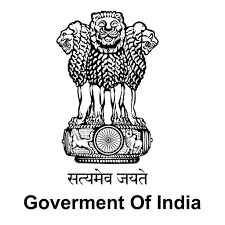
The following table summarises the three funds:
| Fund | Consolidated Fund of India | Contingency Fund of India | Public Account of India |
| Income | Taxes and non-tax revenue | Fixed corpus of Rs. 500 crore | Public money other than those under consolidated fund |
| Expenditure | All expenditure | Unforeseen expenditure | Public money other than those under consolidated fund |
| Parliamentary Authorisation | Required prior to expenditure | Required after the expenditure | Not required |
| Articles of Constitution | 266(1) | 267(1) | 266(2) |
The expenditure embodied in the Budget Documents is of two types:
- The sums required for charged expenditures. These are non-votable.
- The sums required for other expenditures as mentioned in the Budget Documents. These are votable.
Charged Expenditures
- Non-votable charges are called charged expenditures.
- No voting takes place for this amount which is spent from the Consolidated Fund of India. Parliamentary approval is not needed.
- These are paid whether or not the budget is passed.
- These are not voted because these payments are deemed guaranteed by the state.
- Even though voting does not take place, discussion on these can take place in both the Houses.
The list of the charged expenditure is as follows :
- President’s Emoluments and allowances and other expenditure relating to his office
- Chairman and the Deputy Chairman of the Rajya Sabha and the Speaker and the Deputy Speaker of the Lok Sabha – Salaries and allowances
- Salaries, allowances and pensions of the Supreme Court’s judges
- Pensions of the High Courts’ judges
- Comptroller and Auditor General of India’s salaries, allowances and pensions
- Salaries, allowances and pension of the chairman and members of the Union Public Service Commission
- Administrative expenses of the Supreme Court, the office of the Comptroller and Auditor General of India and the Union Public Service Commission including the salaries, allowances and pensions of the persons serving in these offices
- The debt charges for which the Government of India is liable, including interest, sinking fund charges and redemption charges and other expenditure relating to the raising of loans and the service and redemption of debt
- Any sum required to satisfy any judgement, decree or award of any court or arbitral tribunal
- Any other expenditure declared by the Parliament to be so charged
Also refer :

